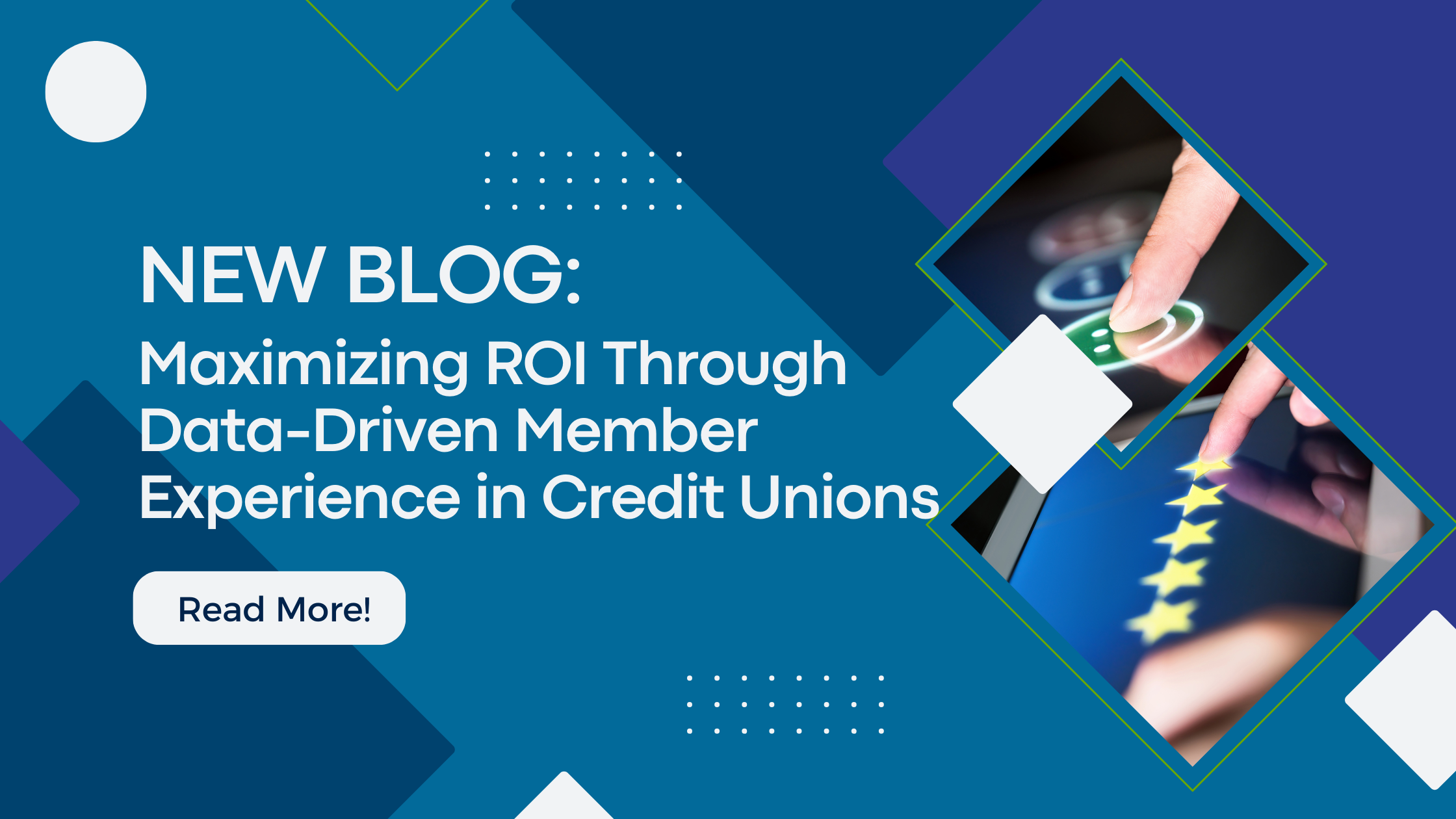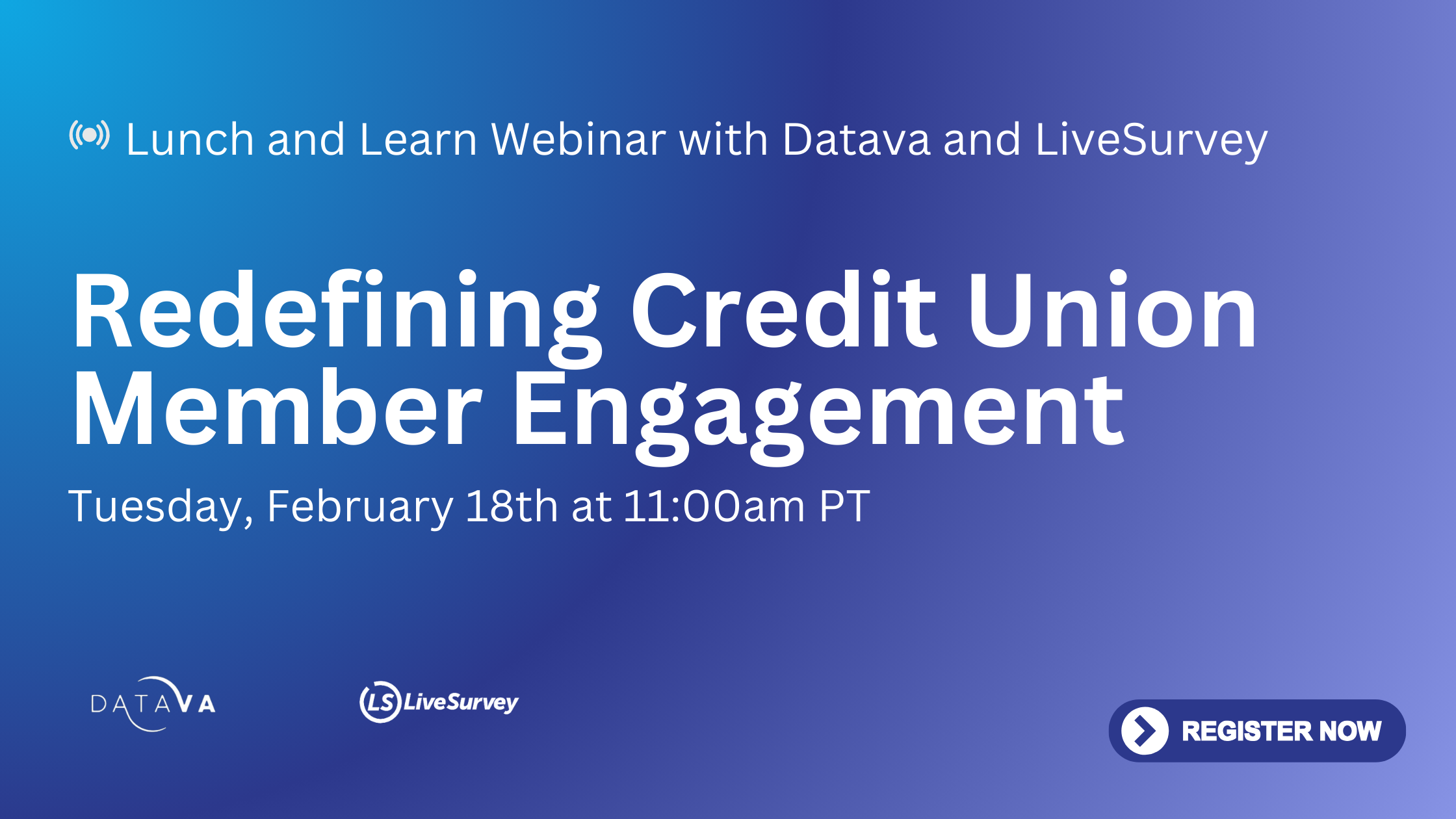Credit unions all across the US still cling to their NPS scores. And why not? It’s a recognizable metric that monitors direction and performance over time. Plus, it can be used for peer benchmarking—if you’re into that sort of thing.
But NPS scores aren’t as useful as many think. Once you get past the excitement of seeing your number—and discussing how to improve it—there’s not much else to be learned. (Not without an ongoing drip campaign, that is.)
The real value of credit union NPS surveys is in soliciting comments from them. The comments will tell you far more than the raw score ever will.
But sifting through comments is a big job, isn’t it?
Well, yes and no. Categorizing those survey comments will make it much easier. Then, you can aggregate all comments by comment type to see feedback about that particular aspect of your credit union. You can also correlate comment types with scores to see where your credit union excels… and where it needs work!
So, where can you get started with categorizing comments?
How to Categorize Survey Comments
At MAPS Credit Union, the LiveSurvey staff categorize comments into 15 different “buckets.” We call it “bucketizing,” and it helps us organize the feedback we get from our members. Plus, we’re able to correlate comments, categories, and scores.
Here are the 15 different buckets we use (and what we use them for):
- Tenure. Many members mention the length of their membership in their comments. E.g. “I’ve been a member for 15 years, and…” or “As a lifelong member, I’ve always…”
- Online banking. Comments about online banking get put in their own bucket. It’s a good way to at-a-glance way to see what members think of your online banking product overall.
- Products. If a member mentions a specific product, such as a credit/debit card, car loan, or savings account, that comment goes in the “products” bucket.
- Location. Many people will discuss branch locations, where they live, etc. Bucketing these comments will help you see how geography affects your members.
- Local. Some comments specifically discuss things like credit unions vs. banks, small vs. big, local vs. national.
- Your credit union. Often, members will specifically name or reference your credit union. It’s always good to keep track of how members talk about you—and it may give you some marketing materials!
- Fees. Comments about fees can go in their own bucket. Be forewarned—these comments are rarely positive, and you may see a correlation between lower NPS scores and comments that explicitly mention fees.
- Wait time. With fewer people going into branches, wait time is less of an issue these days. Nevertheless, it’s a category worth tracking.
- Branch. Comments about branches should get their own bucket. It may even help you find performance discrepancies between locations.
- Rates. Comments about credit union rates go here. Unlike fees, these comments are often favorable!
- Service. Unparalleled service is still a big value proposition for credit unions. As such, tracking comments about it will help you maintain that edge.
- Security. Especially as members continue to flock towards online and mobile solutions, security will be a primary concern. Be sure to keep track of what your members are saying about it!
- Policy. If members bring up certain policies, give them their own category. This will help you see which policies are helping your members—and which are frustrating them!
- Staff. Did Susan exceed expectation? Did Rob ignore someone? Members will often talk about staff in a broad context, and they may even use names when they bring things up in comments. We suggest a dedicated bucket for comments about staff.
There are two goals in categorizing comments. The first goal is to immediately identify any pressing issues or areas of concern. A member might alert you to a problem before you hear about it through the grapevine.
The second goal is to measure the various categories (or buckets) for change over time. Just like NPS scores, NPS comments can show you if your efforts are having the desired effect—or if you need to try something new.
Why Categorizing Is Key
When you dive deep into survey methodology, you learn that even standard metrics aren’t very standard. Better than any number is a conversation. And if you want to build strong relationships with your members, then keeping the conversation going with your members is a must.
You will always learn more from comments than from a number about what makes your members tick—and how they see your credit union. People interpret the NPS question in a variety of ways, but you’ll never have to guess how someone feels from a comment!
If your credit union wants to start surveying its members, that’s great! Or, if you already survey, but you want some new ideas about how, we have just the thing for you:
Try our 12-Month Credit Union Survey Roadmap. We included a year’s worth of survey ideas—what to survey about and when.





